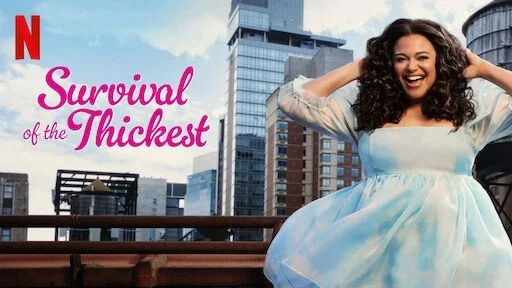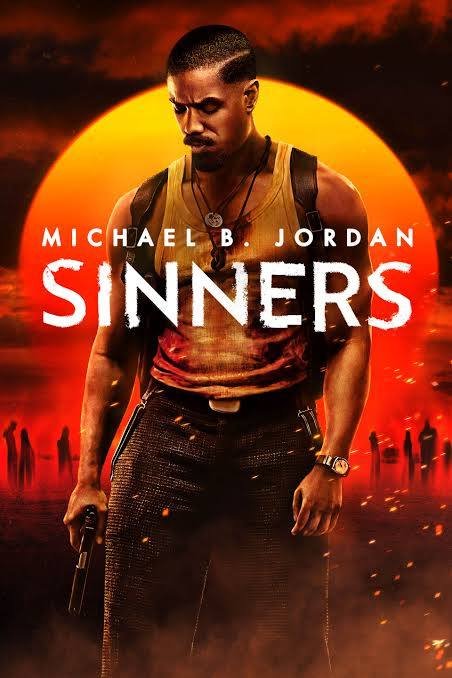When Netflix Reflects Your RealityWhere luxury meets legacy—and sometimes, where television meets divine timing.
Darlings, have you ever had one of those moments where the universe sends you exactly what you need to see? I recently found myself completely captivated by Netflix's Survival of the Thickest, and honestly, I felt like I was watching my own entrepreneurial journey unfold on screen. As I continue expanding RACHEL VERONICA and launching my image consultation programs across America, watching Mavis Beaumont navigate her styling revolution felt like pure synchronicity.
The Art of Authentic Transformation
What immediately drew me to Mavis's story wasn't just her undeniable charisma—it was her unwavering commitment to centering real bodies and authentic beauty in her work. Sound familiar? When I launched my 45-minute image consultations, I made a promise to help every client discover their most polished, authentic self. Not a version that fits someone else's narrow definition of luxury, but one that honors their unique story and presence.
Watching Mavis refuse to shrink herself to fit into an industry that wasn't built for her reminded me why I moved beyond the salon chair at SALON RACHé. Yes, we've been creating beauty in Baltimore with global influence for years, but this image consultation work? This is where my true visionary spirit comes alive.
Building Empire from Authenticity
The show beautifully captures something I've learned through building RACHEL VERONICA—that true luxury isn't about exclusion, it's about expansion. When Mavis works with her clients, she's not just selecting pieces from a rack. She's curating confidence. She's styling their legacy. That's exactly the energy I bring to every consultation, whether I'm helping someone develop their personal brand or guiding them through wardrobe selections that align with their goals.
The cosmopolitan edge meets timeless elegance that defines my platform? Mavis embodies that same beautiful tension between aspiration and authenticity. She's navigating New York with this gorgeous blend of dreams and determination that I recognize in my own journey from Baltimore to building a global presence.
The Intimacy of Image Work
One of the most powerful aspects of Survival of the Thickest is how it showcases the deeply intimate nature of what we do. Every styling session, every consultation, every moment where we help someone see themselves differently—it's transformative work. When I sit with clients during their image consultations, I'm not just selecting clothes. I'm helping them see themselves as worthy of luxury, of attention, of taking up space in rooms that weren't designed for them.
The show reminded me that this work creates its own form of sisterhood. Every consultation becomes a moment of connection. Every style choice becomes an act of self-love. There's something profoundly beautiful about being trusted with someone's transformation journey.
Perfect Timing for a Cultural Shift
The timing of discovering this series while I'm expanding my coaching programs feels absolutely intentional. We're living in this extraordinary moment where authenticity has become the ultimate luxury, where people are hungry for guidance that honors their full selves rather than asking them to conform.
Both Mavis and I are riding this wave of cultural shift toward inclusive beauty and style that celebrates rather than constricts. Through the CELEBUTON Femininity Foundation and my work with RACHEL VERONICA, I've always believed that true style is about authority—about refusing to let anyone dim your light.
Surviving vs. Thriving
Survival of the Thickest isn't just about surviving—it's about thriving with intention, building something beautiful from your authentic truth, and refusing to let anyone edit your story. That's the exact energy I channel every day as I help clients across America step into their most powerful selves.
Whether someone's exploring exclusive pieces through my Curator's Collection or diving deep into personal transformation through my image consultations, the goal is always the same: helping them craft a legacy that reflects their true essence.
The Legacy We're Building
As I watched Mavis navigate the challenges of building her styling career while literally building my own consultation practice, I realized we're both proving the same point: that when you center authenticity in your work, you don't just create a business—you create a movement.
RACHEL VERONICA isn't just about creating a look—it's about curating a legacy. And sometimes, the universe sends you exactly the reminder you need that you're on the right path, wrapped up in eight perfect episodes of television.
Because at the end of the day, whether you're thick, thin, or anything in between, you deserve to feel luxurious. You deserve to feel seen. You deserve to take up space.
That's where luxury truly meets legacy.
Ready to discover your most authentic, powerful self? Book your 45-minute image consultation and let's create your legacy together.
Rachel V, ✨
Founder, RACHEL VERONICA | Beauty Mogul | Lifestyle Visionary










